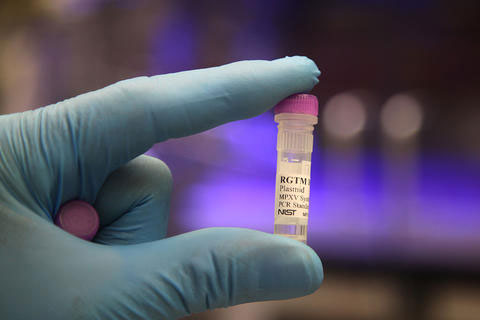(NIST: Boulder, Colorado)--In an effort to help speed the expansion of monkeypox testing in the U.S., the National Institute of Standards and Technology (NIST) has produced a material that can help ensure the accuracy of tests for the disease. NIST is making the material—which contains gene fragments from the virus that causes the disease but is noninfectious and safe to handle, freely available for use by test manufacturers and testing laboratories.
|
ADVERTISEMENT |
Monkeypox is spread by close contact and can cause fever, flu-like symptoms and skin lesions. More than 3,500 cases of monkeypox have been confirmed in the United States since the outbreak began in late May, and the World Health Organization has declared monkeypox to be a global health emergency.

A vial of the positive control material from NIST that can be used to ensure the accuracy of tests for monkeypox. Credit: R. Press/NIST
…
Add new comment